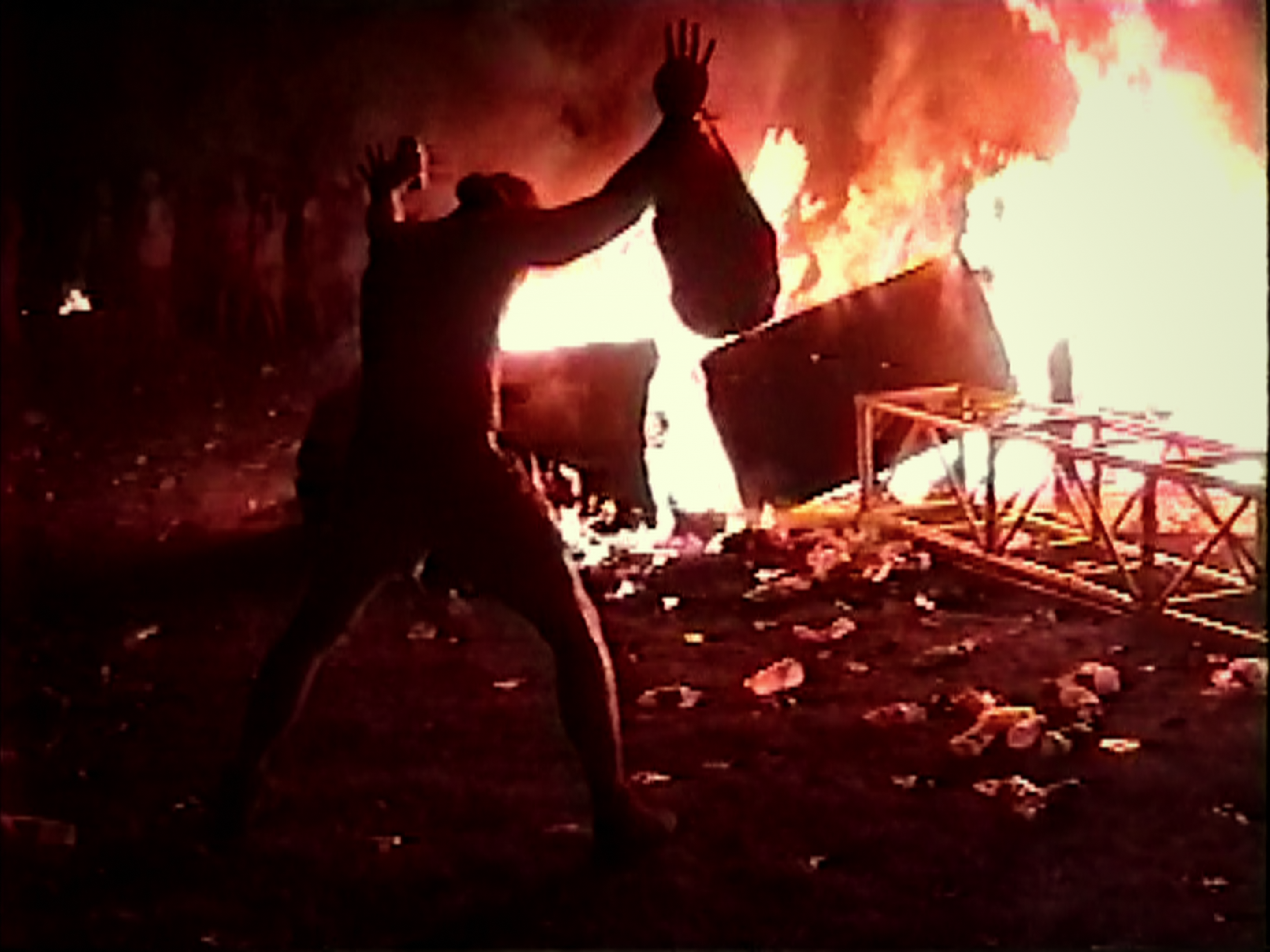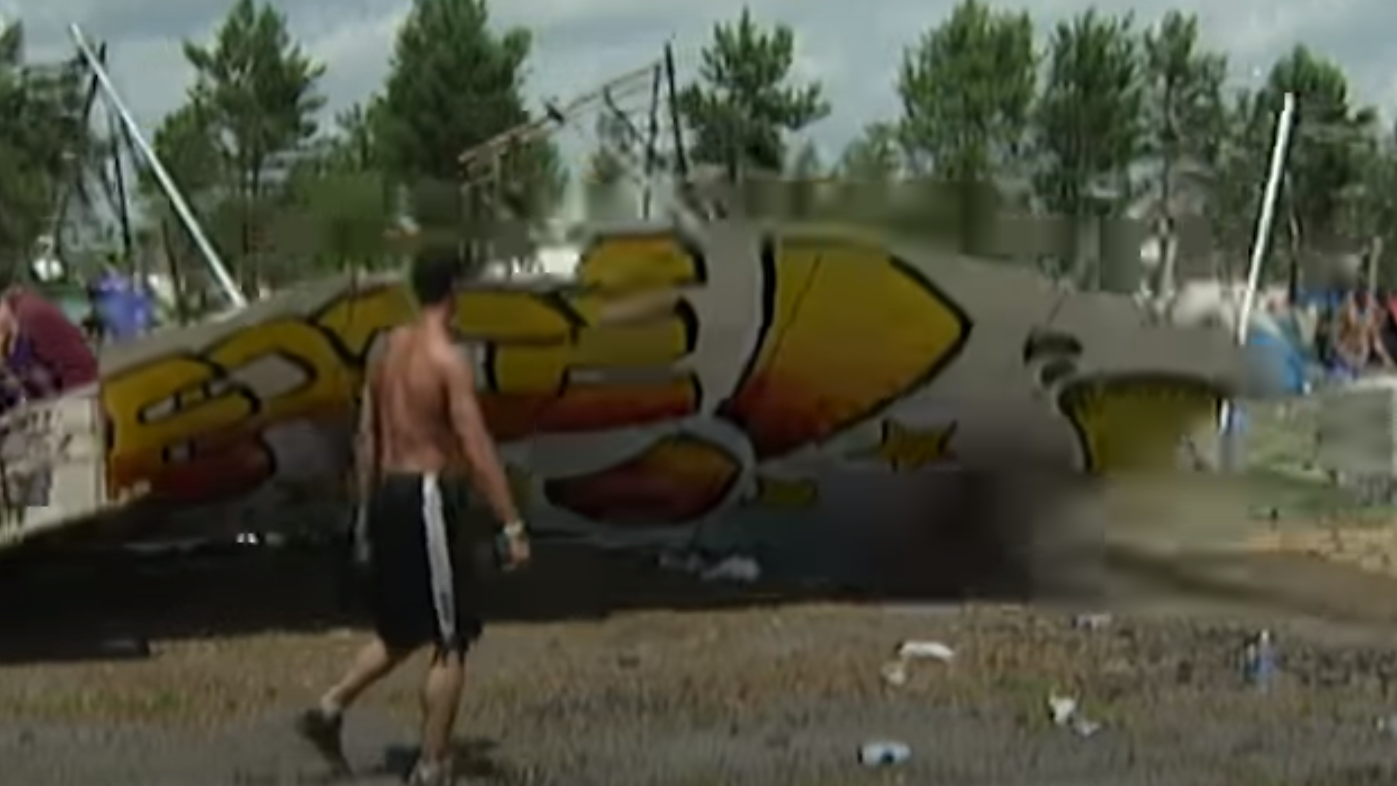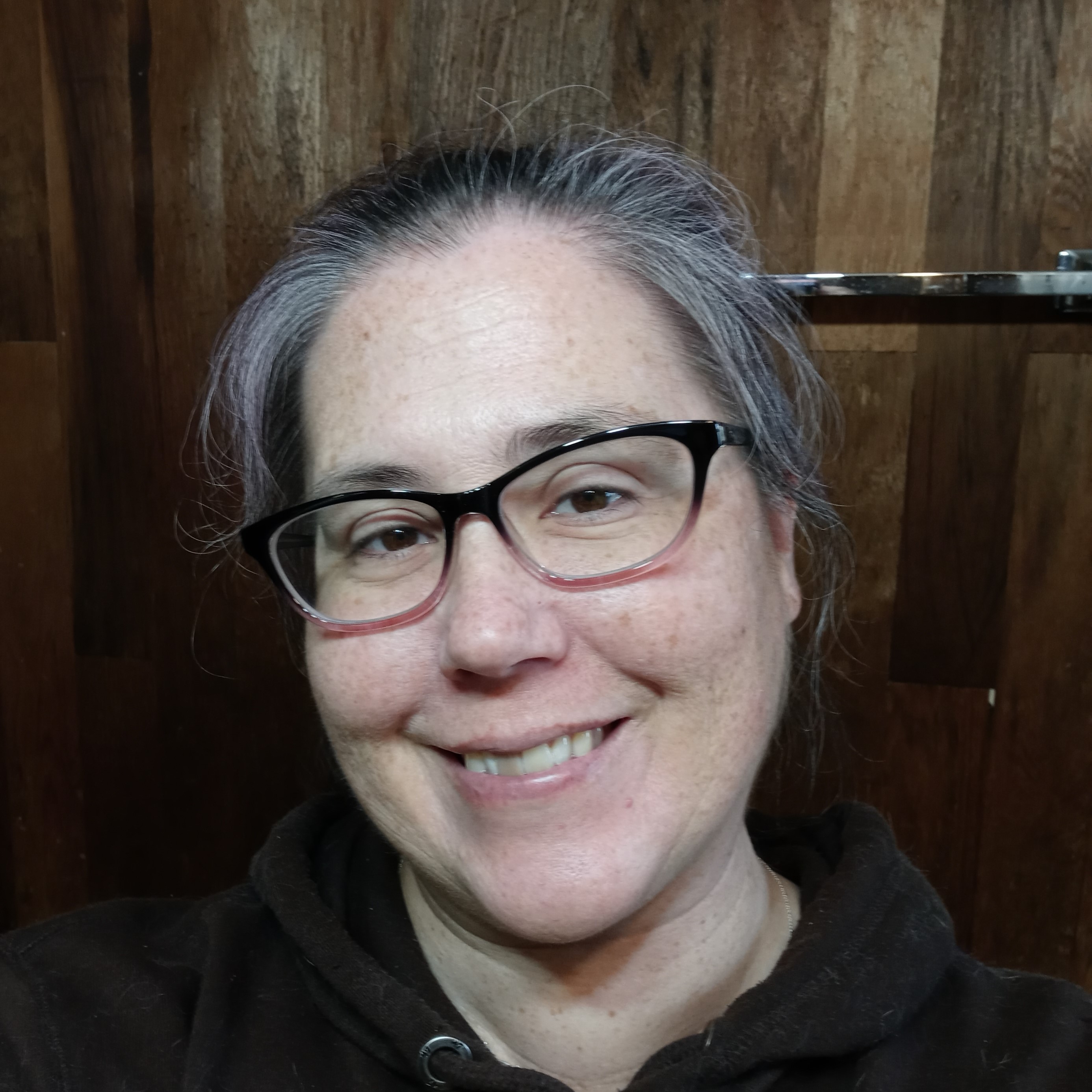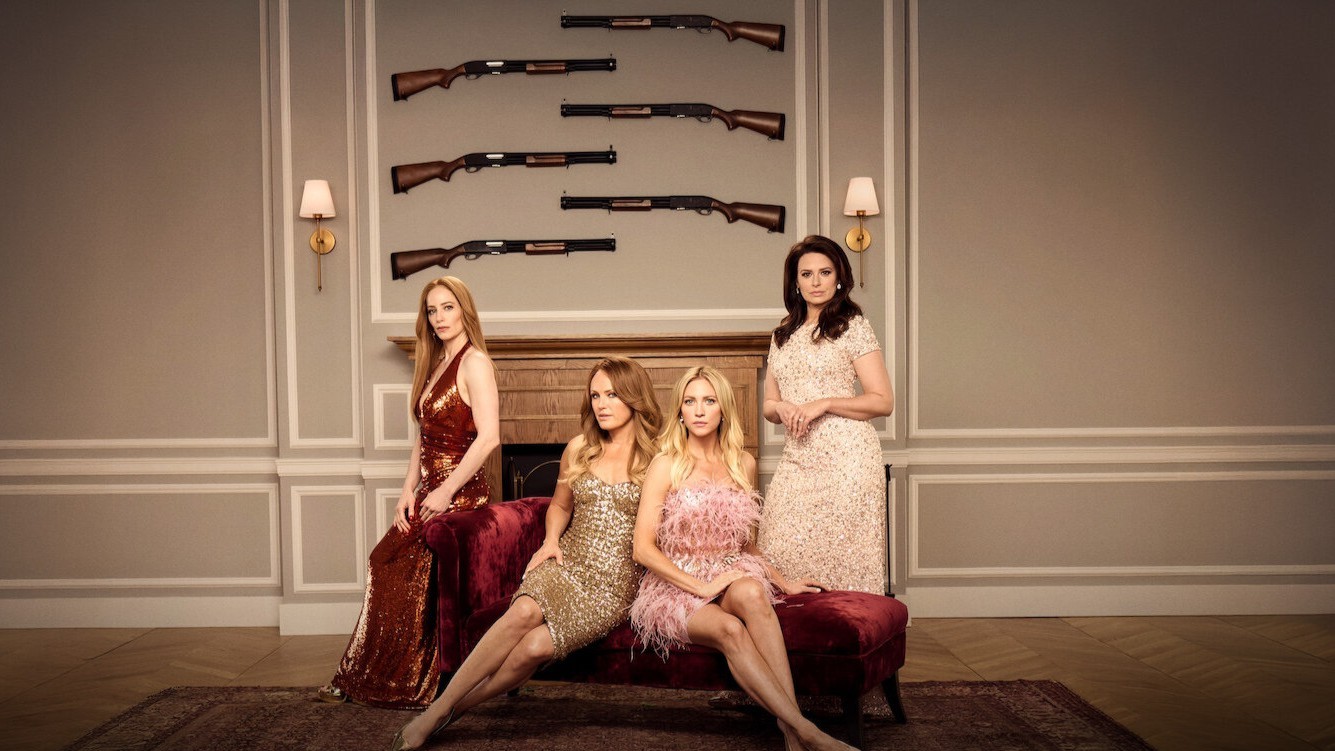Netflix's Trainwreck: Woodstock '99 what happened?
The new Netflix documentary Trainwreck: Woodstock '99 explores how a music festival went from a celebration of peace and love to chaos and destruction.

In 1969, hundreds of thousands of music lovers came together in a field in upstate New York to celebrate peace, love and music. Woodstock ‘69 was a movement, a statement about peace and war and what the youth of America stood for. The event’s organizers decided that another festival, Woodstock ‘99, could help capture the same sentiment for a new generation to close out the millennium.
A Netflix documentary, Trainwreck: Woodstock ‘99, reveals all of the ways things went horribly wrong at the music festival.
Unlike its predecessor, everything at Woodstock ‘99 was captured entirely on film. It played out on live TV in real-time through MTV’s coverage and through pay-per-view subscriptions so that fans at home could watch things fall apart.
While Fyre Fest fell apart long before it ever started — and no music was ever played at the failed event — Woodstock ‘99 was well underway when things started breaking down.
Between huge crowds and pent-up aggression to scorching temperatures and price gouging for bottles of water, there was a mood in the air by the time bands like Korn took the stage on the first night, sending the crowd into an absolute frenzy.
Let’s take a look at what happened to turn Woodstock ‘99 from a peaceful music festival into an utter catastrophe.
What happened at Woodstock 99?
It’s hard to pinpoint one distinct cause for everything that happened at Woodstock ‘99. In many ways, it was just a perfect storm that led things to fall apart.
The latest updates, reviews and unmissable series to watch and more!
Event organizers determined that they needed to find ways to profit from the event after they lost money in 1994’s Woodstock event after fans found ways to sneak in and enjoy the concert for free. There was price gouging, driving up the price of bottled water and food.
Television coverage was a game changer. This was an era long before social media, when cell phones weren’t commonplace, so no one knew what they were heading into until they were at the converted airfield. Once they arrived and had their supplies confiscated at the gates, fans realized that they were stuck with expensive food and drink options.
Sheryl Crow and Bush were scheduled to play on Friday night, when things were still relatively mellow. But when Korn took the stage, the crowd of predominantly white men turned into a raging mob. That was the first moment when organizers realized that the crowd at Woodstock ‘99 was very than the peace loving hippies thirty years prior.
The next day, the infrastructure of the event started to cause problems, leading to resentment from fans. Drinking fountains were so contaminated with human waste that fans ended up with trench mouth, a condition seen on battlefields where painful blisters form around the mouth and throat.
Water from broken drinking water and shower pipes combined with overflowing portable toilets to become mud — soupy, poopy mud — and people could be seen walking and jumping through it, and even playing in it. It was blistering hot and there was very little shade. Combine frustration, heat and alcohol the festival became a ticking time bomb.
Some people see things taking a turn for the worse when Limp Bizkit took to the stage on Saturday night. Throngs of people threw bottles and broke plywood walls, using them to surf the crowds. People were hurt, but there was no way to reach them.
By Sunday morning the airfield looked like a battlefield. But the music played on.
There was a candlelight vigil planned for the end of the event to commemorate the Columbine High School shooting that took place only a few months before. The decision to give candles to the crowd was the final blow as fires broke out on Sunday night, fueled by an angry mob of people who felt like the show needed to continue after rumors of a surprise guest at the end of the event turned out to be unfounded.
Angry mobs tore down camera towers and plywood walls, setting them ablaze. Trash was everywhere. The mob left the main stage and started tearing apart vendor booths and supply tents.
The next morning, the devastation was shocking.
Even worse, as soon as the festival ended reports of rape and sexual assault from several women started pouring in.
Woodstock ‘99 organizers took a concept that worked in 1969 and tried to make it work in 1999, but they didn’t count on attracting angry white men looking for a fight instead of peace-loving music fans.
How many people died at Woodstock '99?
Three people died at both Woodstock ‘99 and its predecessor, Woodstock ‘69.
At Woodstock ‘99, one man died from complications stemming from the high temperatures, a woman was killed when she was struck by a car and a man with a heart condition died of cardiac arrest at the event’s campsite.
Two men died at the 1969 event after suffering drug overdoses. Another young man was killed when a tractor ran over him while he was sleeping.
There’s a long, tragic history of people dying at music festivals. Whenever you have large crowds of people there’s always the risk of people getting hurt; when you combine large crowds, heat and alcohol the risk increases. 2021’s Astroworld Festival in Texas turned into a tragedy when fans rushed the stage and ten people died.
Woodstock ‘99 could have been much deadlier given the high temperatures and lack of security. There were not enough supplies to keep people safe from the scorching temperatures; there was very little shade and clean water was hard to come by. It was also impossible to control the crowds when things turned violent.
How hot was Woodstock '99?
Temperatures skyrocketed in Rome, New York, during the weekend that Woodstock ‘99 took place. During the day it was well over a hundred degrees. Since the event was held on a shuttered military airbase, there was very little shade and long strips of tarmac that amplified the heat.
Who played at Woodstock '99?
The lineup of musicians and guests at the three-day event was impressive. Take a look at some of the big-name musicians and bands in attendance:
- George Clinton
- Bush
- Korn
- The Offspring
- DMX
- Sheryl Crow
- Live
- Jamiroquai
- James Brown
- Insane Clown Posse
- The Roots
- Buckcherry
- Lit
- Moby
- Metallica
- Rage Against the Machine
- Limp Bizkit
- Alanis Morissette
- Dave Matthews Band
- Counting Crows
- Wyclef Jean
- Kid Rock
- Fatboy Slim
- Creed
- Jewel
- Megadeath
- Elvis Costello
- Godsmack
- Sevendust
On Sunday morning legendary country singer Willie Nelson performed a set for the tired masses who made it through the night. The Red Hot Chilli Peppers closed out the event, with Flea performing the entire set naked.

When did Woodstock '99 end?
It’s hard to believe that so much chaos unfolded over the course of four days, and yet it did. Woodstock ‘99 started on Thursday, July 22 and ended Sunday, July 25, 1999.
How to watch Trainwreck: Woodstock '99
Trainwreck: Woodstock ‘99 is a three-part documentary that’s available to watch exclusively on Netflix. If you need to sign up for Netflix you can do so through one of the links below.

Sarabeth joined the What to Watch team in May 2022. An avid TV and movie fan, her perennial favorites are The Walking Dead, American Horror Story, true crime documentaries on Netflix and anything from Passionflix. You’ve Got Mail, Ocean's Eleven and Signs are movies that she can watch all day long. She's also a huge baseball fan, and hockey is a new favorite.
When she's not working, Sarabeth hosts the My Nights Are Booked Podcast and a blog dedicated to books and interviews with authors and actors. She also published her first novel, Once Upon an Interview, in 2022.

